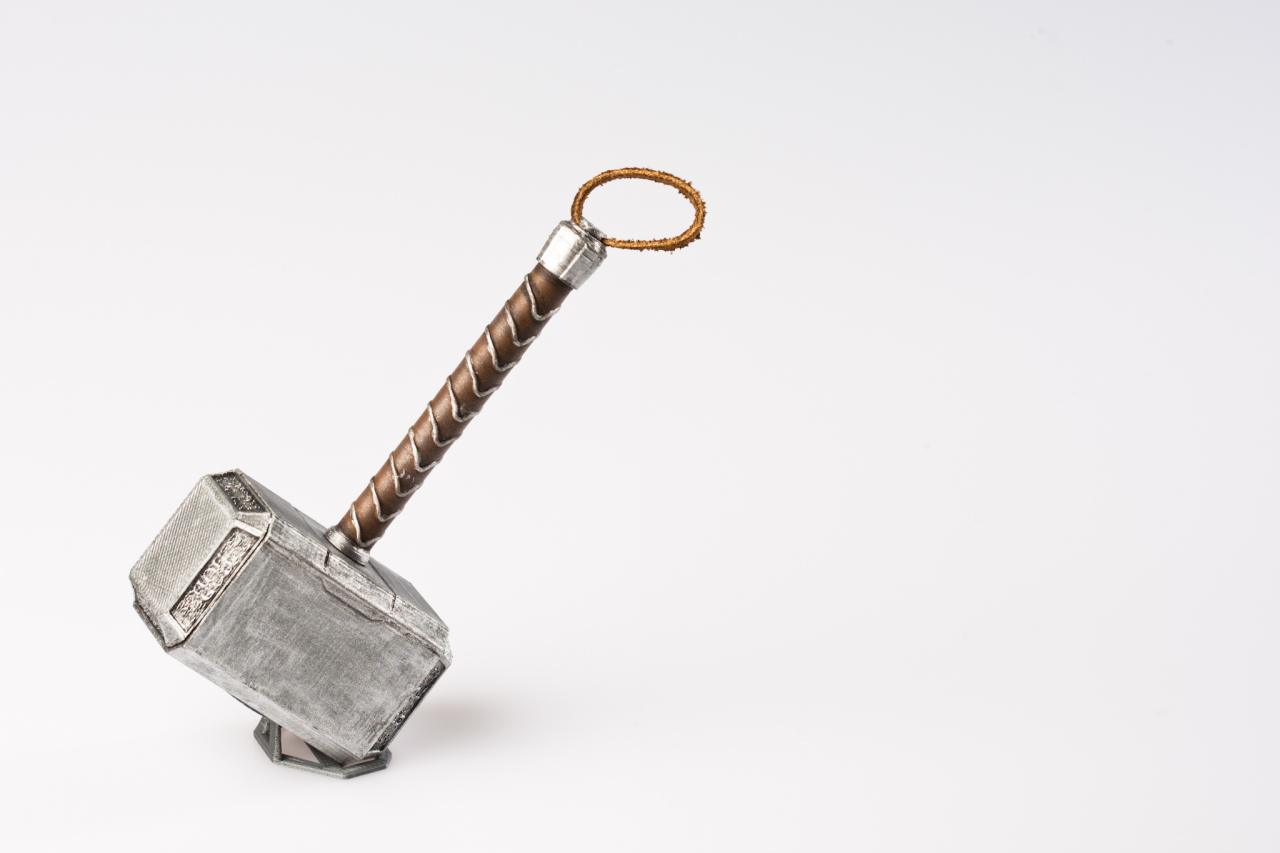


This often repeated assertion is based on the observation of Danish grave finds. 10 This exciting finding documents the Thor’s hammer custom already in the second half of the 9th century and also contradicts the common statement that these pendants were worn almost exclusively by women. The Thor’s hammer was found together with two glass beads at the man’s neck. 3), for example, was found in the grave of a 40-year-old warrior who, according to his wounds, lost his life in battle. Other early specimens come from the Viking camps of Repton and Torksey, which were built between 872 and 874 during the presence of the “Great Heathen Army” in England. 8 Thor’s hammer finds from Englandīut Thor’s hammer pendants were not only found in Scandinavia. However, there are sporadic finds from inhumation graves, which indicate the use as neck rings. Since most of this Thor’s hammer rings come from cremation graves, it is difficult to say exactly how and where they were worn. Instead of a single pendant, they have many small miniature hammers and rings attached to a large iron ring. 2) already emerge in the 9th century and differ considerably from the usual Thor’s hammer pendants. These so-called Thor’s hammer rings (see Fig. This is indicated by some early specimens found in and around Birka (near Stockholm, Sweden). However, the custom of wearing Thor’s hammers cannot have been solely a reaction to the spread of Christianity. They are therefore directly related to the Christianization of Scandinavia. There is no doubt that most Thor’s hammer pendants were worn during the 10th and 11th centuries. 2: Iron Thor’s hammer ring from Birka (Photo: Ola Myrin, SHMM: CC BY 2.5 SE). An extensive revision of the material would therefore be urgently necessary. In the meantime, however, many exciting new finds have been made.

Unfortunately, his work is now almost 25 years old and limited to (Old) Denmark and Sweden. 7 Staecker establishes a first classification of forms and dates the majority of the pendants roughly to the 10th to 11th century. The last major work on the subject was carried out by Jörn Staecker, who dealt with the Thor’s hammers in a excursus in his dissertation on cross and crucifix pendants. The reason for this is that there is still no extensive in-depth study on the approximately 150 specimens 6 found to date. It is no easy undertaking to get a good overview of the variety of shapes and the temporal and spatial distribution of the Thor’s hammer pendants. More precisely, the focus will be on a small group of remarkable finds from the southern North Sea coastal region and its hinterland: the settlement area of the Old Saxons and Frisians. In this article we will therefore take a look at some finds outside Denmark and Sweden, the main distribution area of the Thor’s hammer pendants. Their distribution area extends over a large geographical region from Ireland in the west to Moscow in the East. 5 Moreover, the Thor’s hammer finds are not limited to Scandinavia alone. 2 Even the characteristic short handle of the hammer, as mentioned in Snorri’s Prose Edda 3 and Saxo’s History of the Danes 4, is not a universal feature. There are Thor’s hammers made of iron, bronze, silver, gold, sheet metal, amber, lead and even sandstone, as a recently found Thor’s hammer on Iceland shows. They were produced in many different forms and from practically every possible material. However, the variety of these amulets is considerably greater. Many of the Thor’s hammer pendants on the market today are based on these four specimens. The most famous piece in this style comes from Rømersdal on the Danish island of Bornholm (Fig. 1 More common than such exceptional specimens, however, are the much simpler Thor’s hammer pendants with hallmark decorations. The contexts are therefore no longer traceable today. Unfortunately, these three Swedish Thor’s hammer pendants were found very early (between 17) by non-professionals and recovered without the crucial archaeological record. All three pendants were made of embossed sheet silver and decorated with highly elaborate details (see Fig. Today they are worn by millions of people all over the world, either as a sign of connection with the Nordic traditions or simply as a pieces of jewellery.Īmong the most famous Thor’s hammers are undoubtedly the two 10th century hoard finds from Bredsättra (Öland) and Erikstorp (Östergötland) as well as the Thor’s hammer from Skåne, for which no exact find spot is known. The Thor’s hammer pendants of the Viking Age are probably the best known and most popular artefacts of prehistoric heathen history.


 0 kommentar(er)
0 kommentar(er)
